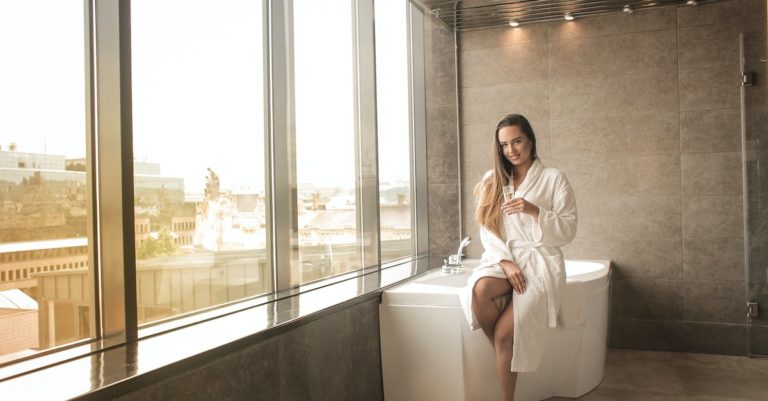Are Bathroom Remodels Tax Deductible?
A bathroom remodel can be a significant investment. The average remodel costs about $30k, and tax credits are available for making eco-friendly upgrades. For example, if you replace your windows with higher R-value windows and install an energy-efficient HVAC system, you can claim a tax credit for your expenses.
Renovations
A bathroom remodel can be an excellent way to give your bathroom a whole new look and feel. It can also make your bathroom more functional and enjoyable. However, a bathroom remodel is also a major economic burden. You may not be able to take advantage of tax deductions for it. However, there are a number of ways to reduce the cost of a bathroom remodel.
You can deduct your bathroom remodel if you are selling the property. It will lower your cost basis if you improve the space with energy-efficient materials. You can also deduct sales tax if you have installed windows, doors, or other fixtures and equipment. These improvements will add value to your home in the long run, but they will not increase the value of your property immediately. However, make sure you classify them properly so you don’t run into any trouble with the IRS.
Improvements
Bathroom remodels can be tax-deductible, particularly if you make improvements that reduce your home’s cost basis. For example, if you spend $30k remodeling your bathroom, your cost basis would be reduced by $250,000. Therefore, if you sell your home after paying the costs, you would have a $250,000 capital gain, subject to tax.
Bathroom remodels may be deductible if the expenses are depreciated over a long period of time. This is true if the expenses are made to increase the value of your home or extend its useful life. However, not all home improvement projects qualify for tax deductions. It’s essential to do the necessary research before embarking on a home improvement project.
Capital expenditures
It is possible to deduct home improvements such as bathroom remodels. The key is to make sure the improvements add to the value of the home. This could be anything from landscaping to heating and air conditioning, plumbing, and insulation. The IRS publishes a list of eligible home improvements that are deductible.
Depending on the type of improvement, the cost of the new material can be deducted in full. For example, a new HVAC unit for a second story may be a capital improvement. Another example is replacing an outdated screen door with an ADA-compliant entrance door. However, the cost of a new screen door might not be deductible, while the cost of a new wall-to-wall carpeting would be deductible.
Tax deductions
Bathroom remodels can make your bathroom look beautiful, and can improve the functionality of the room. However, these renovations can also add a significant economic burden to your household. If you’re remodeling your bathroom, you may want to consider claiming tax deductions for the expenses. Fortunately, there are several ways to take advantage of this deduction.
Bathroom remodels that help make your home more accessible can qualify for tax deductions. These projects can include lowering cabinets and adding handrails. They also can include skylights.
Home office improvements
If you’re running a business from home, you can deduct home office improvements, such as built-in bookshelves, as a business expense. The deduction is based on how much you use your office as part of your business. If you use it at least 20% of the time, you can deduct up to 50% of the cost.
To determine whether or not your home office expenses are deductible, use Form 8829 to determine the amount of each item. For example, if you use 15% of the square footage of your home for business purposes, you can deduct the cost of electricity for $300. In addition, you can deduct the cost of utilities, such as heat, electricity, and services, if they’re part of your business.







